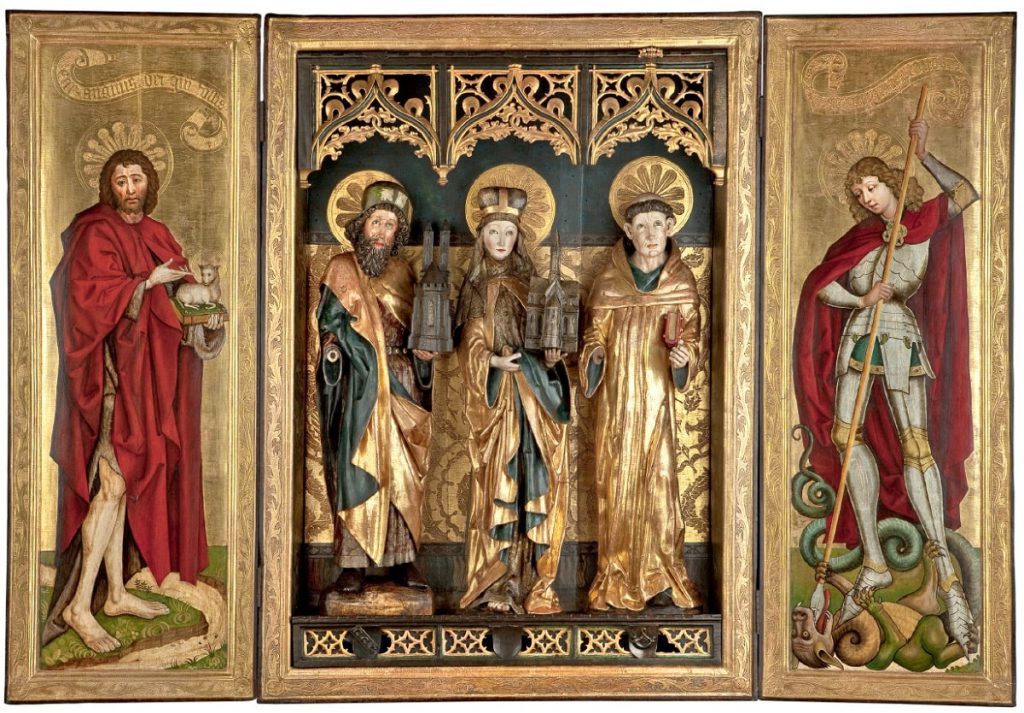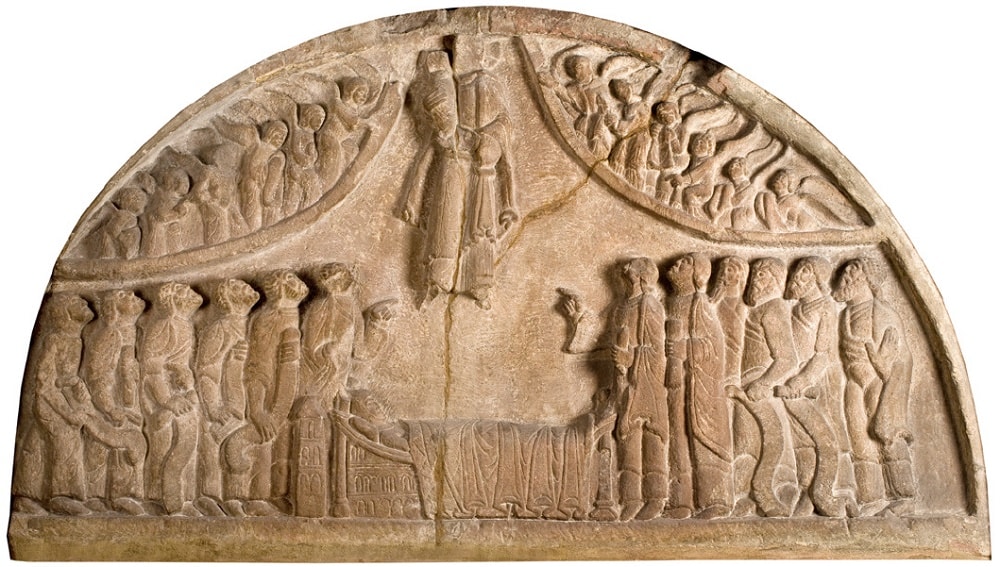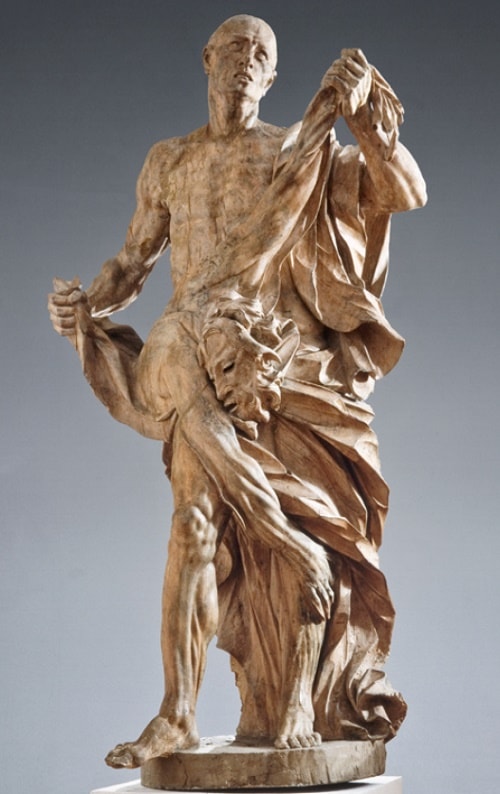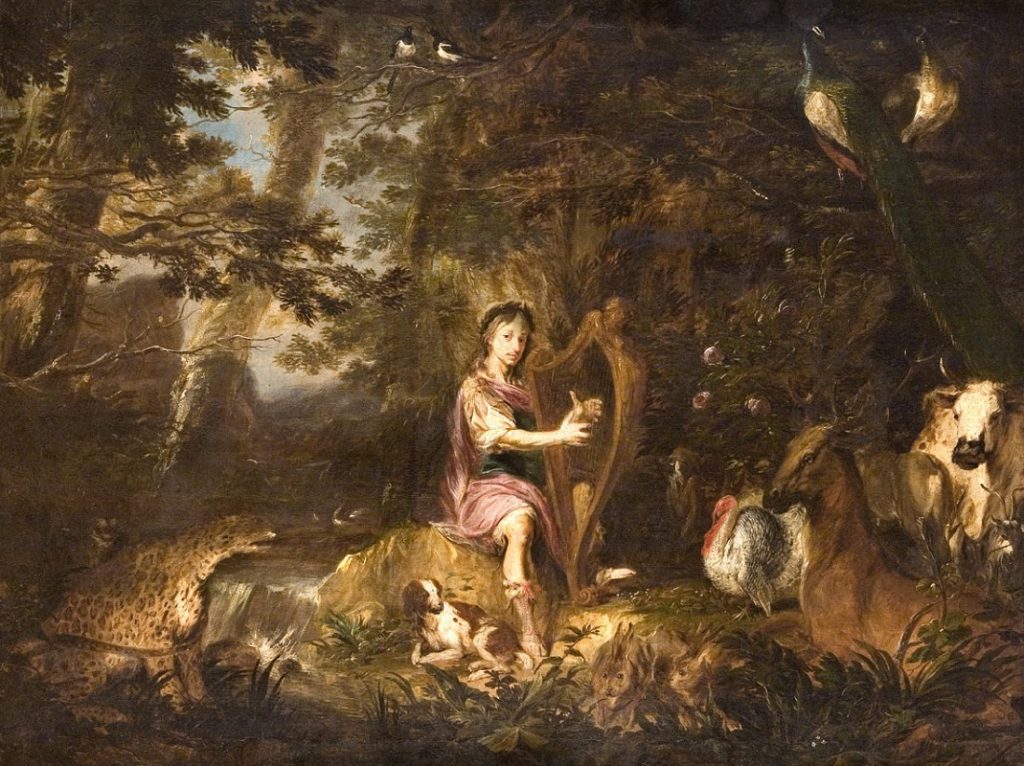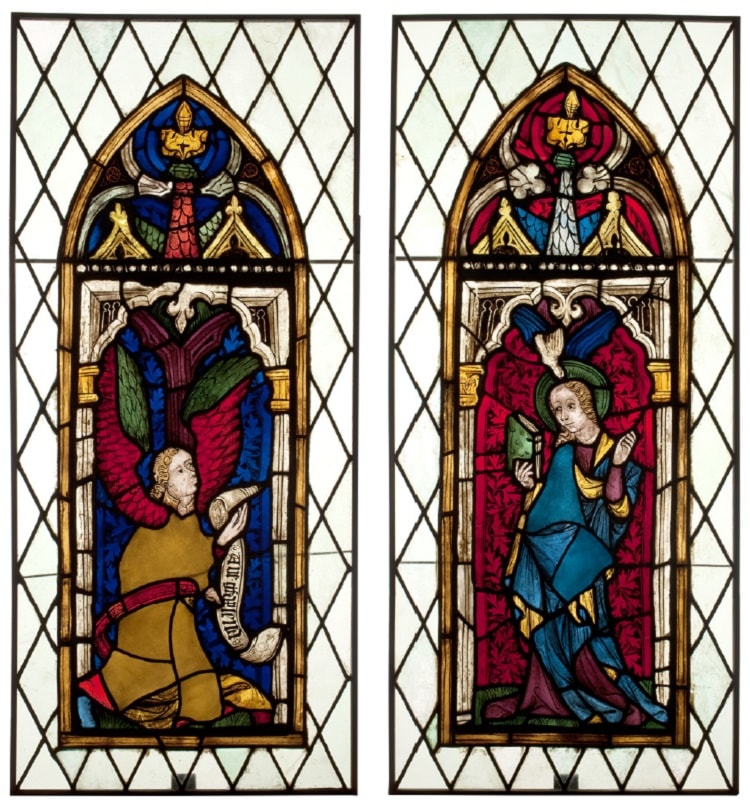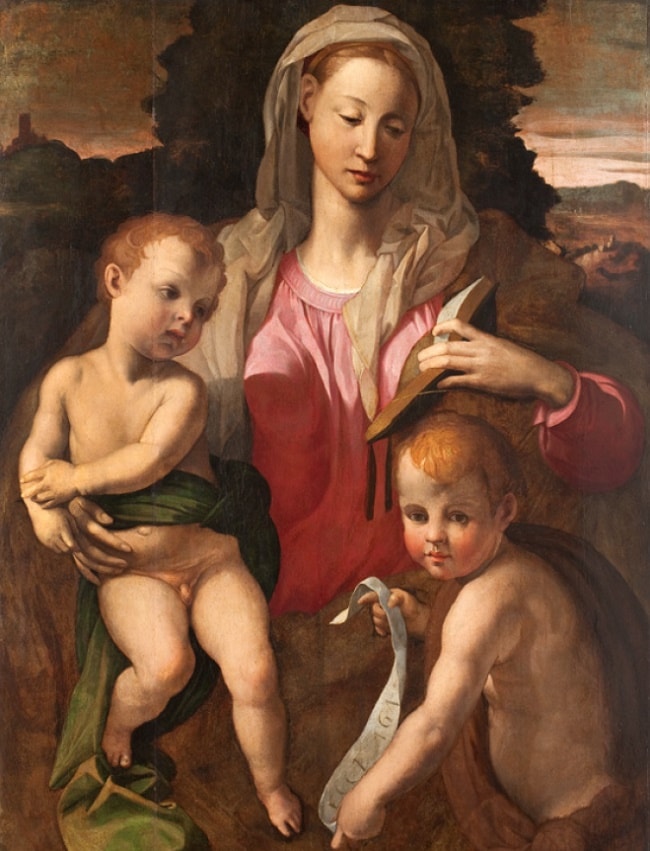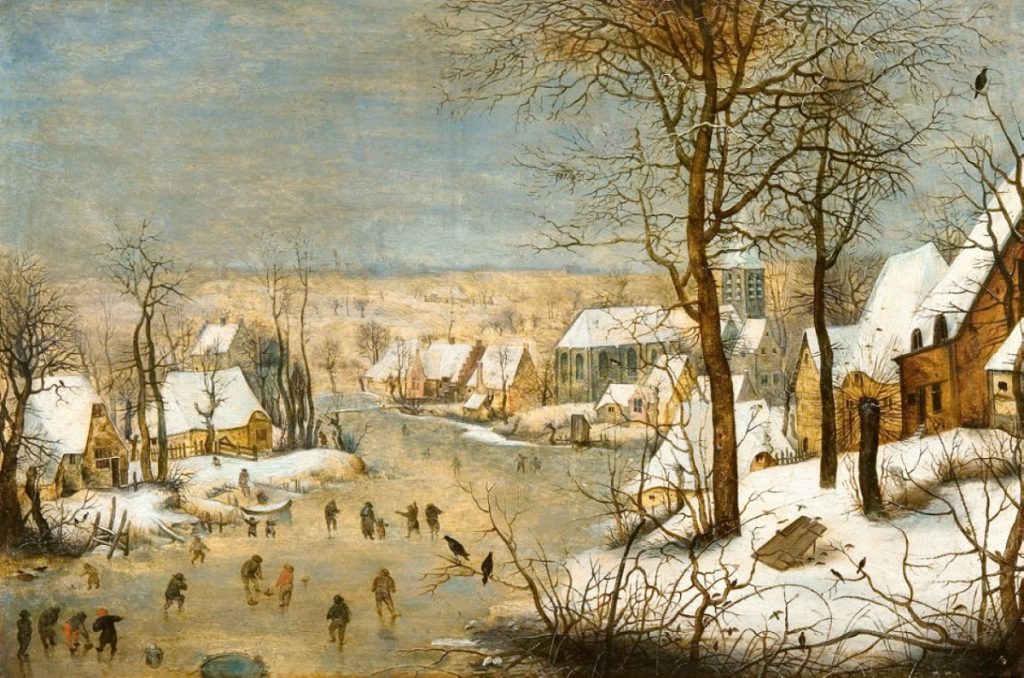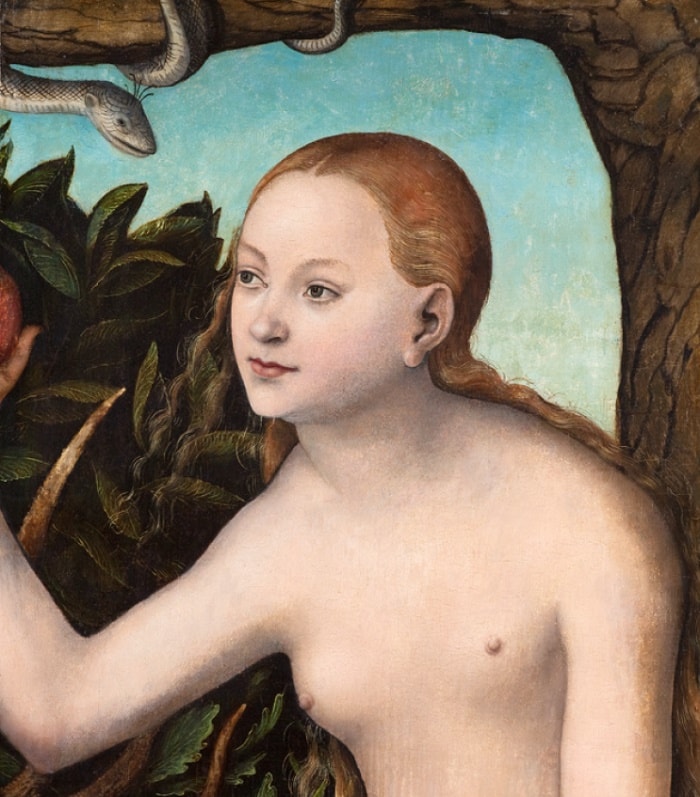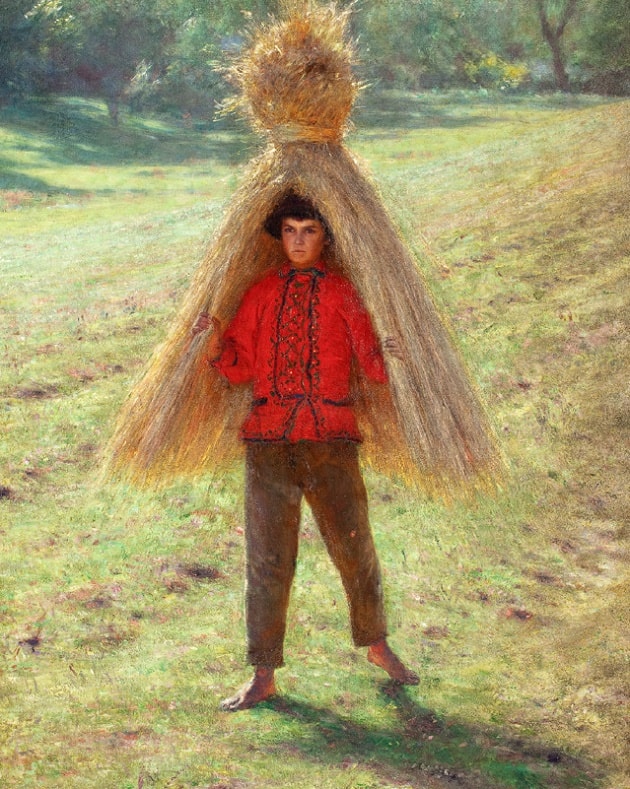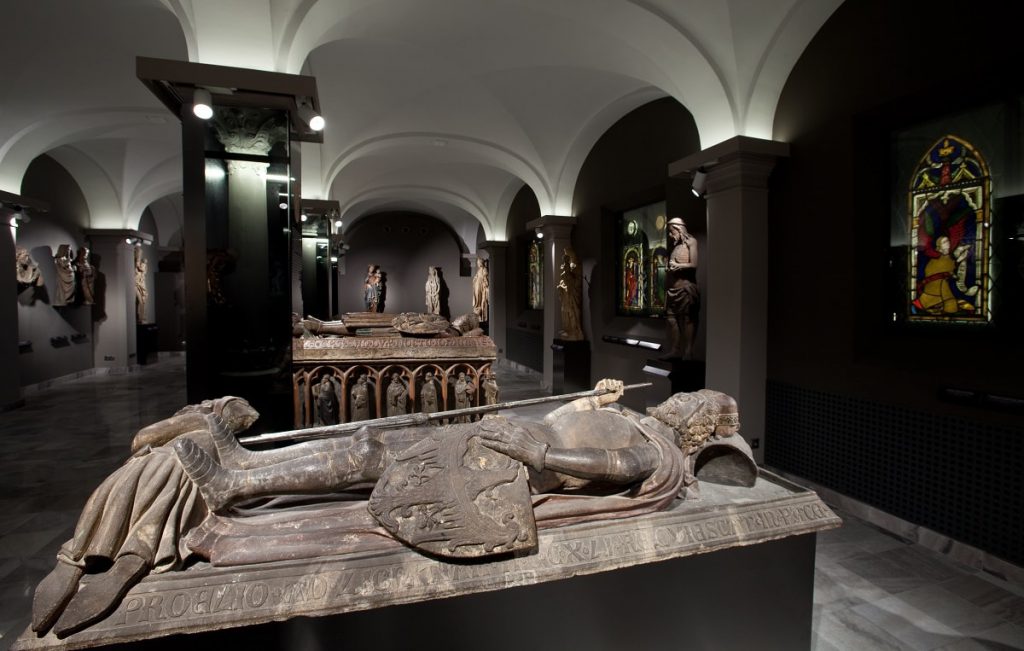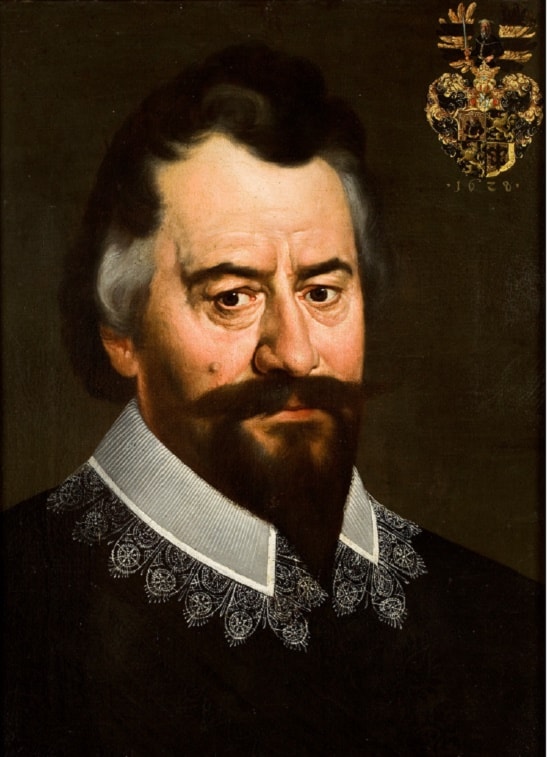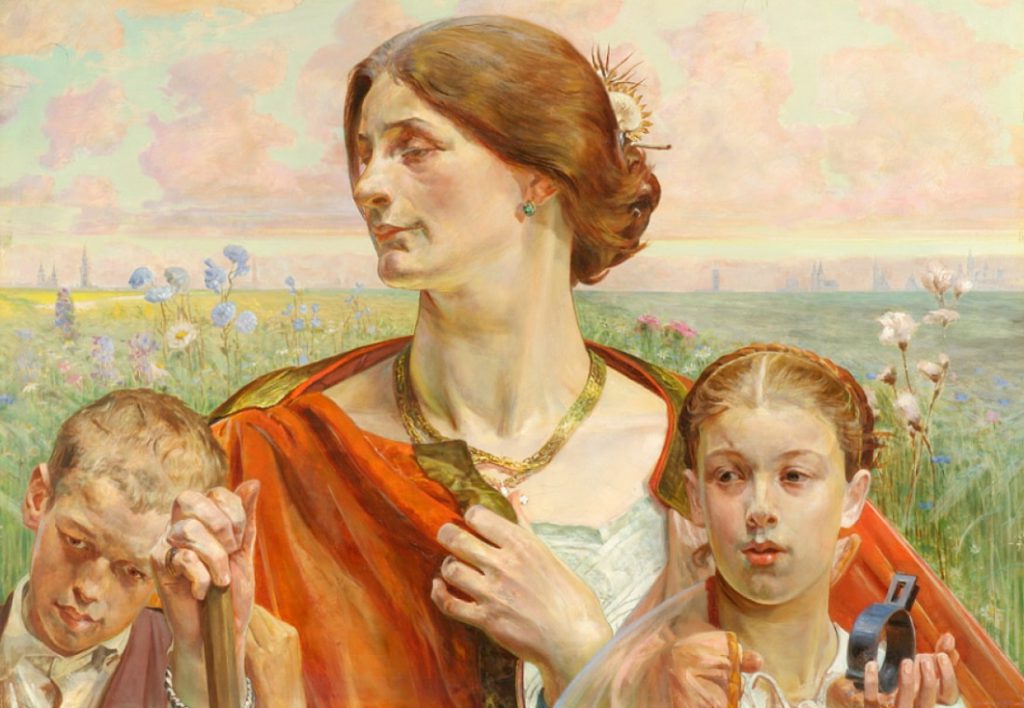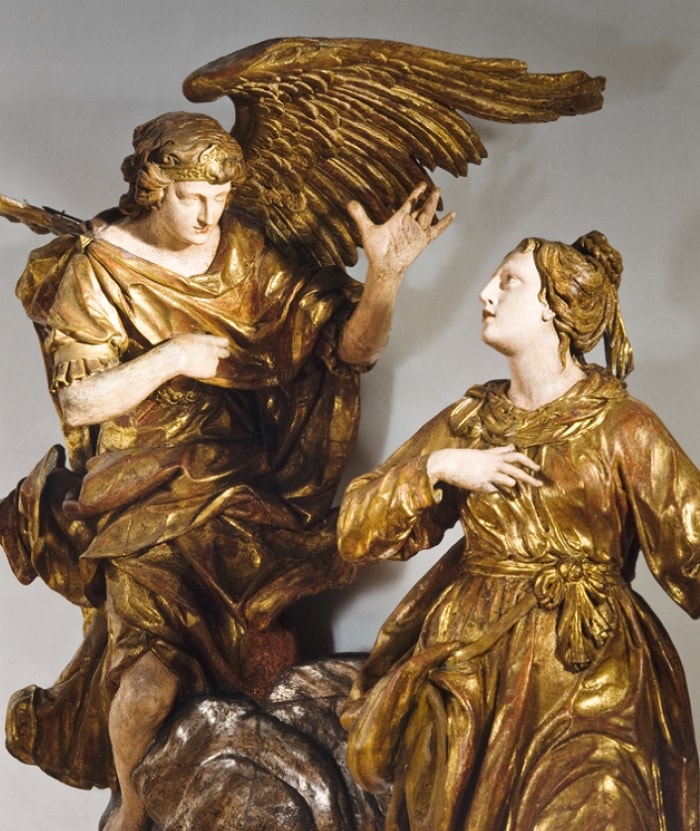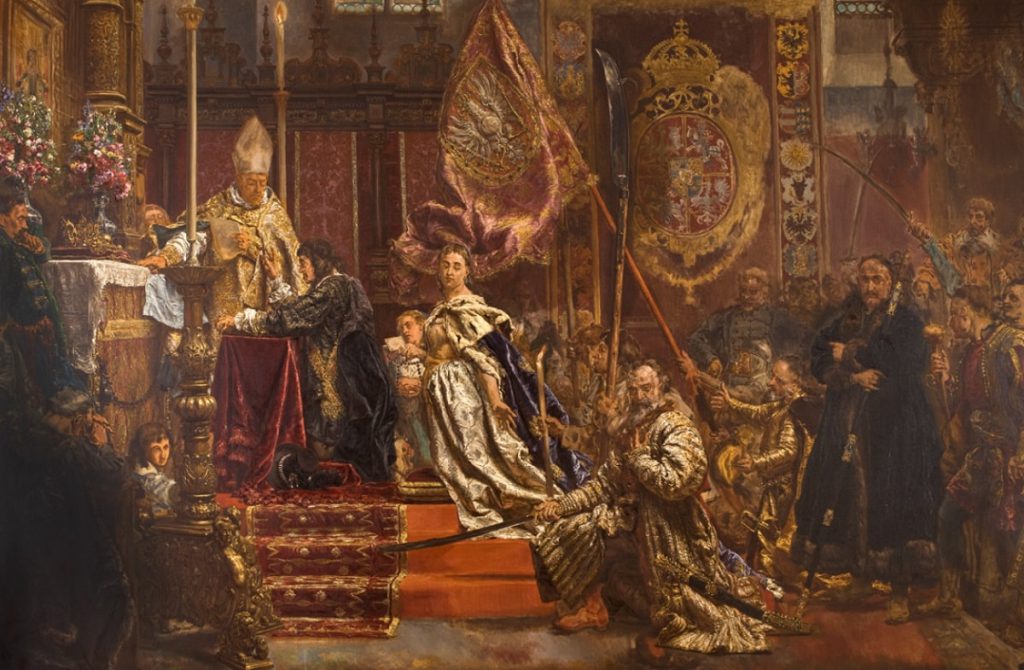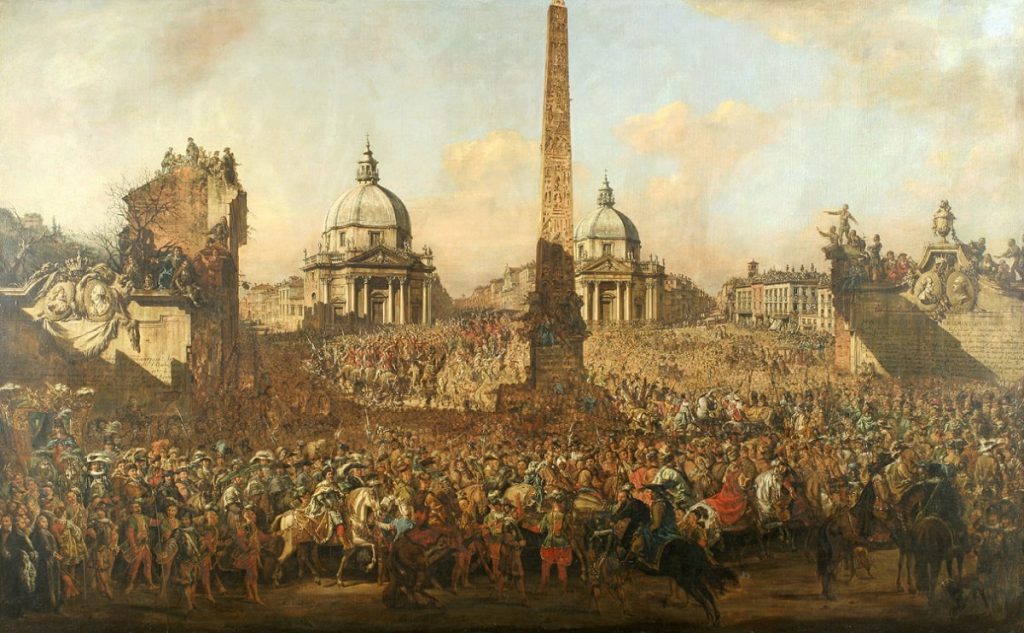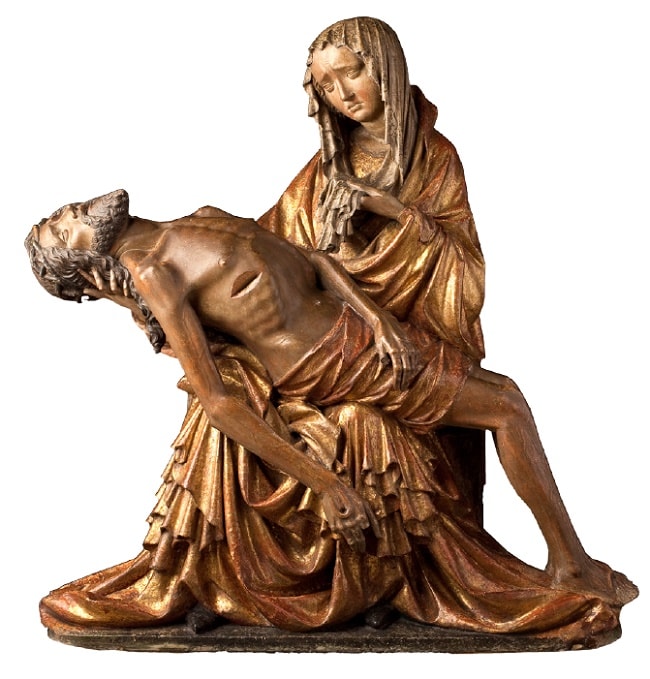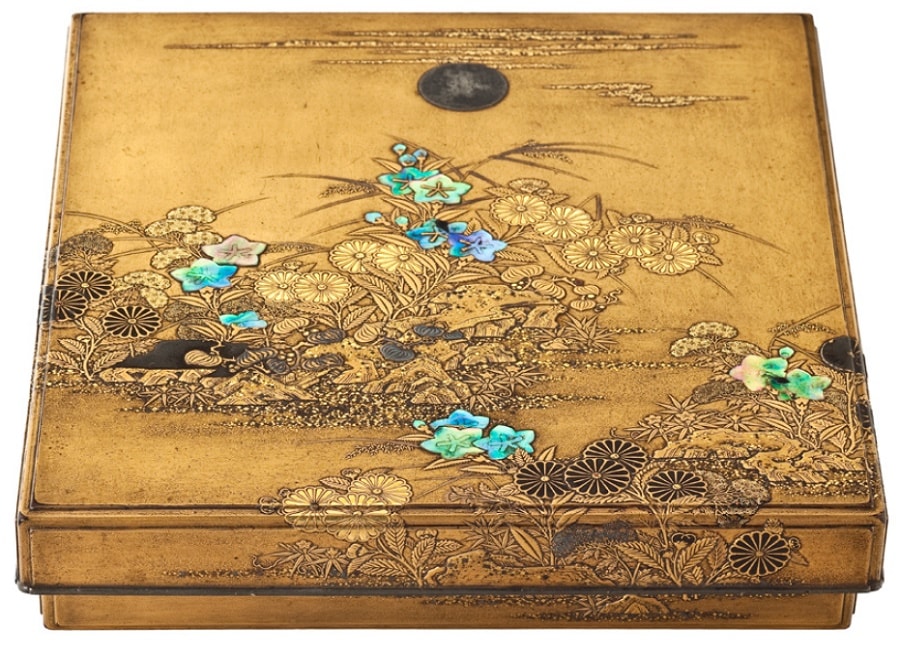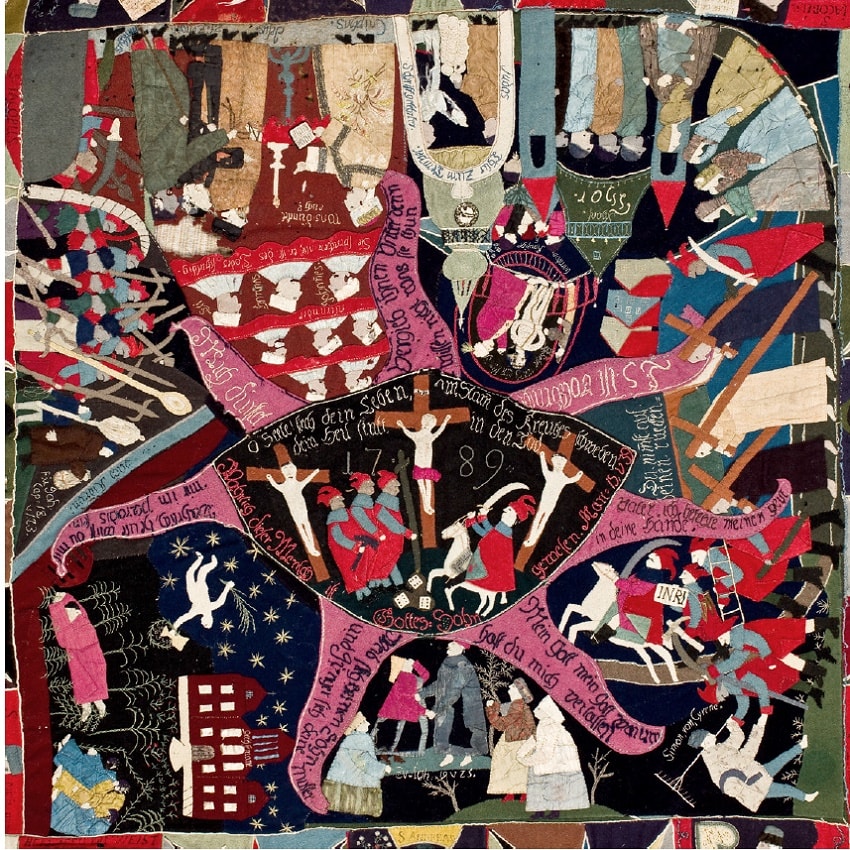The National Museum in Wrocław is among the largest and most important museums of art in Poland. It was established as a State Museum in 1947, which on 11 July 1948 officially opened its portals to the public. Two years later it was renamed the Silesian Museum and it functioned under that name for another twenty years, until being granted the status of the National Museum.
The present-day collection of the National Museum in Wrocław numbers over 200,000 exhibits representing all disciplines of the arts, starting from Medieval sculpture in stone and in wood, Silesian, Polish and European painting, through to Modern and Modernist sculpture, drawings, prints, as well as an extensive collection of artistic crafts from antiquity to the Middle Ages and up to the early 20th century, and finally also collections of books and documents.
The main body of the collection consists of the artifacts originating mainly from the area of Wrocław and other localities in Lower Silesia, of which the majority used to be part of the historical collections in the German museums in the pre-war city of Breslau. The Museum also became home to the exhibits transferred in 1946 from Lwów, following the post-war change of national borders, by the new – Soviet – authorities.
The collection of the National Museum in Wrocław is organized into the following permanent exhibitions: Silesian stone sculpture 12th to 16th cent.; Silesian art 14th to 16th cent.; Polish art 17th to 19th cent; European art 15th to 20th cent. Thanks to the policy of regularly acquiring exhibits, comprising paintings, prints, sculptures and examples of artistic craftsmanship, the collection of the National Museum in Wrocław is continuously growing and becoming one of the most extensive and varied exhibitions in Poland.
The National Museum in Wrocław has three branches: the Panorama of the Battle of Racławice, the Ethnographic Museum, and the Museum of Contemporary Art in the Four Domes Pavilion which opened in June 2016.
